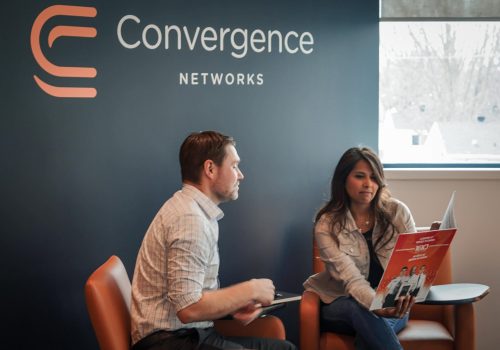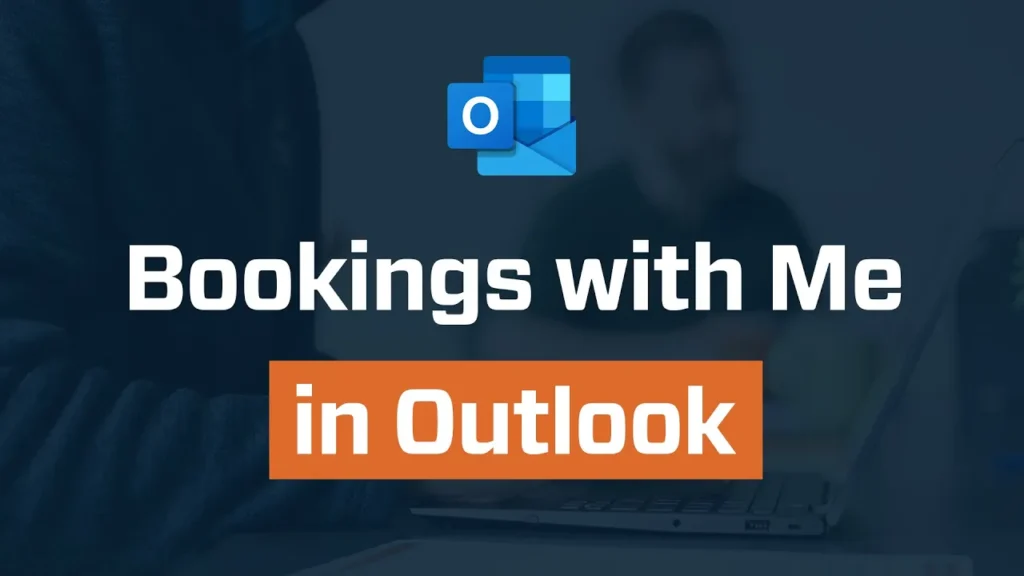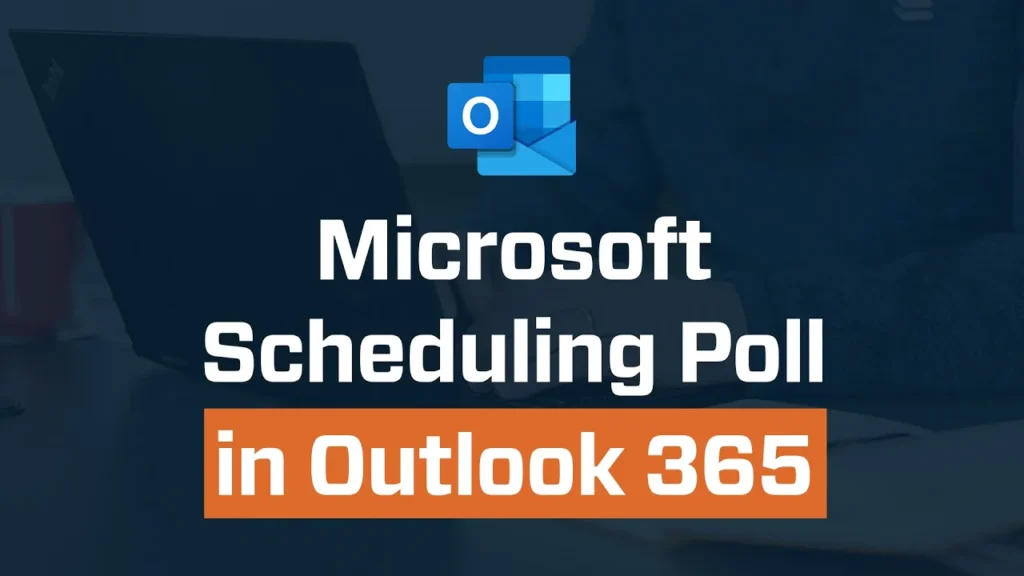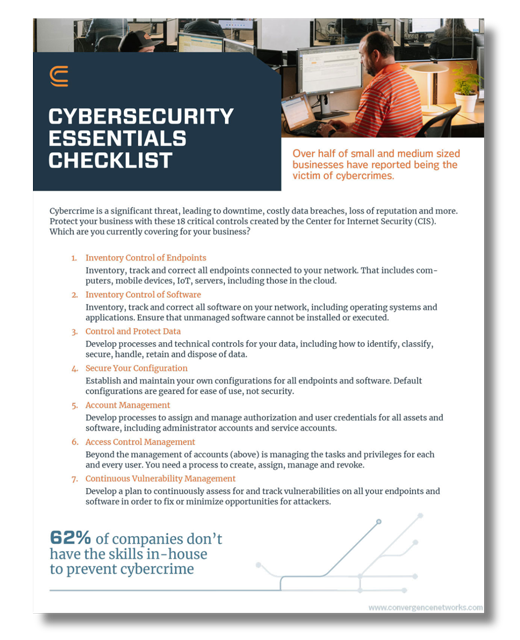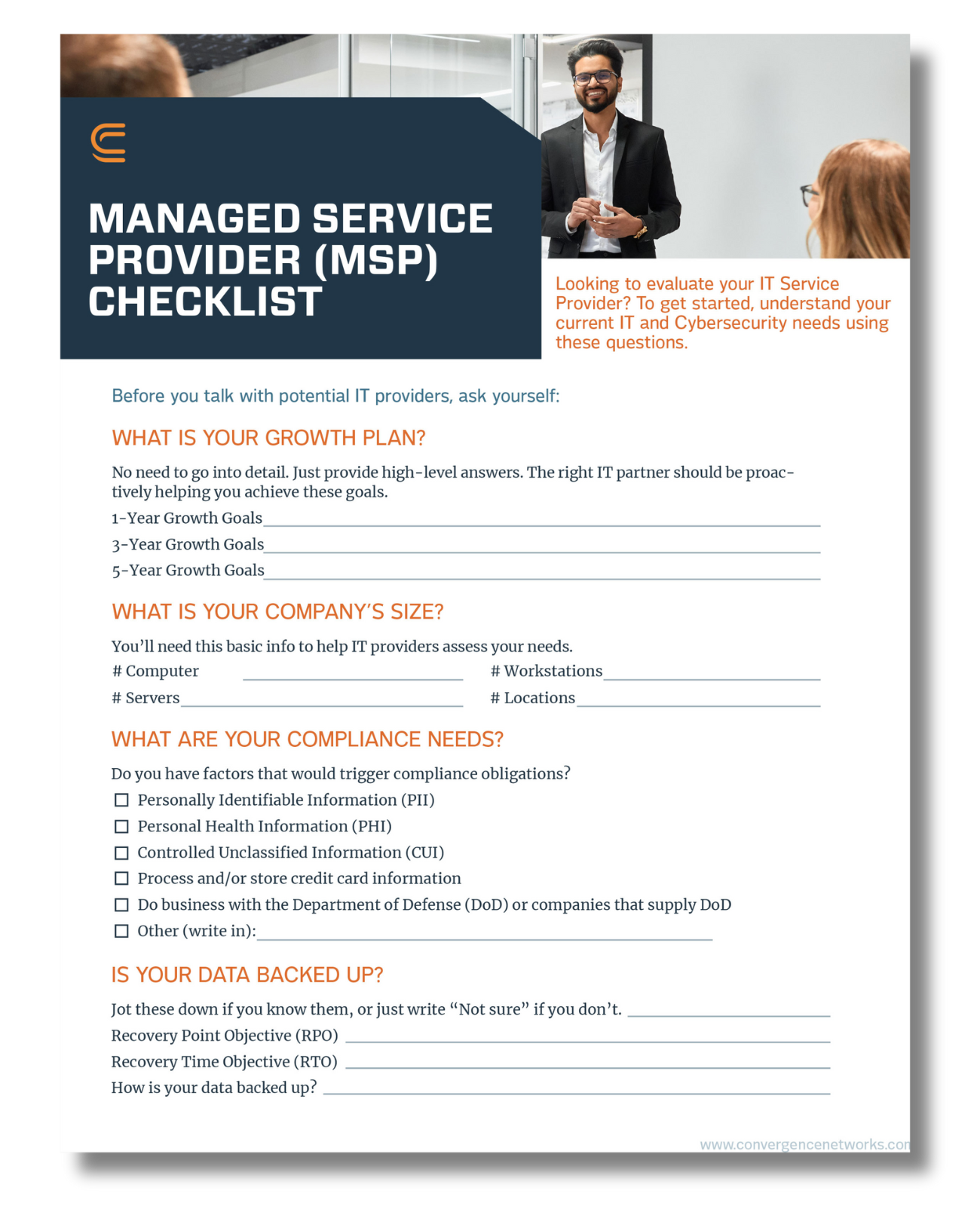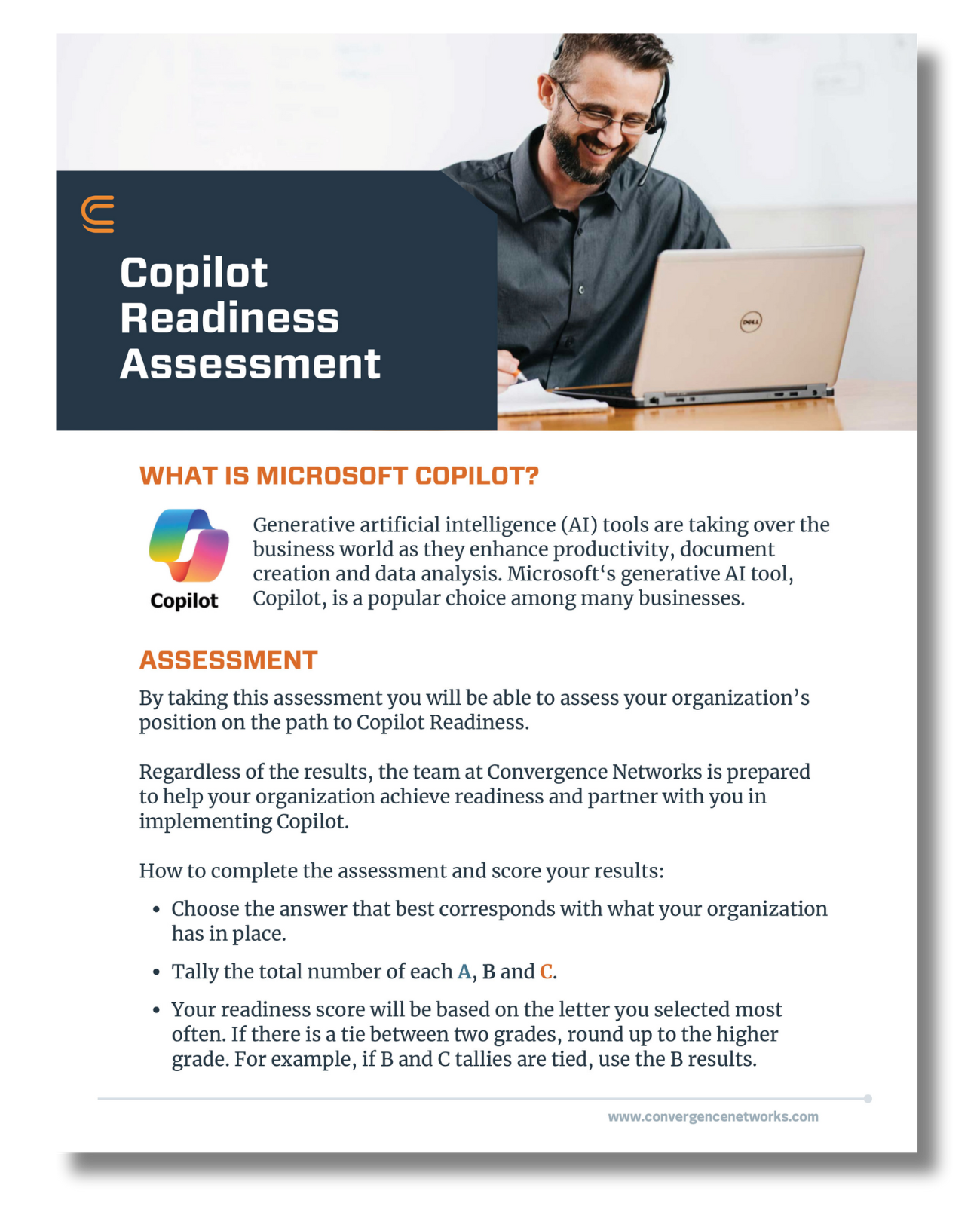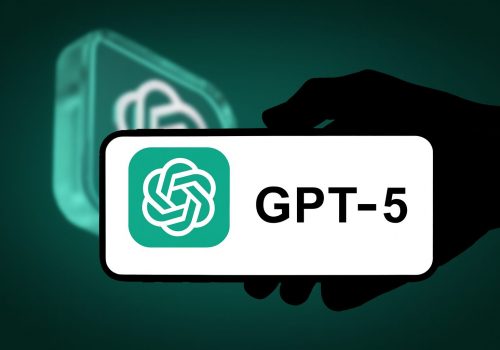Data breaches have escalated threats to organizations worldwide since the beginning of the current decade. Vast personal data processing by the education sector contributes to numerous threats within their domain. In late December, PowerSchool, a widely used cloud-based student information system, experienced a major data breach that compromised the personal data of millions. With over 60 million users, PowerSchool is deeply integrated into school operations, making this breach particularly alarming for students, parents, and educators. Hackers successfully penetrated the cloud-based Student Information System (SIS) PowerSchool, exposing important information about students and their families and school faculty members. This article examines the breach, its impact, and the necessary steps to strengthen security and prevent future incidents.
What Happened?
PowerSchool’s data breach was first identified on December 28, 2024, when attackers used stolen administrative credentials to access the PowerSource help portal. The organization reports detecting the breach in late December, although affected school districts were not notified until January 7th, 2025. A second breach impacted multiple districts in El Paso County, including School District 49, Colorado Springs School District 11, and Manitou Springs School District 14. Additionally, several schools in Maine were compromised, putting thousands of students, staff, and families in Cumberland, North Yarmouth, Yarmouth, Kennebunk, and Lewiston at risk.
What Information Was Stolen?
The data compromised in this breach varies depending on the school district. However, some of the commonly exposed information includes:
- Student Data: Names, addresses, birthdates, ethnicity, gender, grade level, lunch status, and cumulative GPA.
- Parent & Guardian Data: Names, contact details, and emergency contact information.
- Medical Information: Limited medical alerts and health records.
- Social Security Numbers: While some school districts have confirmed that they do not store SSNs, others may access them.
- Faculty Information: Names, email addresses, phone numbers, and employment details.
However, the full scope of the exposed data is still being assessed. According to Bleeping Computer, an unauthorized party stole Social Security numbers and other personally identifiable information (PII) from some school districts. The breach affected not only current students and staff but also former students and employees.
Impact of the Data Breach
The breach poses a significant threat to the privacy and security of affected students, parents, and teachers. Cybersecurity experts warn that such data leaks can lead to identity theft, financial fraud, and phishing attacks. Here are some potential consequences:
- Identity Theft and Fraud:
- Hackers often sell personal data on the dark web.
- Stolen information can be used to open fraudulent bank accounts, credit cards, and loans.
- Phishing and Scams:
- Attackers may use stolen contact details to impersonate school officials and trick victims into sharing more sensitive information.
- Malicious emails or messages may contain harmful links leading to malware installation.
- Emotional and Psychological Impact:
- Families may experience stress and anxiety over potential misuse of their data.
- Students, especially minors, may face long-term risks due to identity theft that could affect their credit history in adulthood.
- Legal and Compliance Issues:
- Schools must follow strict data protection laws like the Family Educational Rights and Privacy Act (FERPA).
- PowerSchool and affected districts may face legal action if negligence in data protection is proven.
How Schools and Individuals Can Protect Themselves
In response to this breach, cybersecurity experts recommend the following measures for schools, parents, and students to safeguard their information:
For Schools:
- Implement Stronger Security Measures:
- Enforce multi-factor authentication (MFA) for all staff and administrators.
- Conduct regular cybersecurity audits and vulnerability assessments.
- Improve Incident Response Plans:
- Ensure rapid communication with affected parties in case of a breach.
- Train staff and students on cybersecurity awareness and phishing detection.
- Encrypt and Limit Data Storage:
- Minimize the storage of sensitive information, especially Social Security numbers.
- Use encryption to protect stored data from unauthorized access.
For Parents and Students:
- Monitor Personal Accounts:
- Regularly check bank statements and credit reports for unauthorized activities.
- Take advantage of the complimentary identity protection services offered by PowerSchool, which may include credit monitoring, regardless of whether Social Security or Social Insurance Numbers were exposed.
- Enhance Online Security:
- Use strong, unique passwords and enable multi-factor authentication for online accounts.
- Be cautious about sharing personal information online, especially on social media.
- Stay Alert for Phishing Attempts:
- Do not click on suspicious links in emails or messages claiming to be from schools or PowerSchool.
- Verify communications by directly contacting the school or company through official channels.
PowerSchool’s Response and Next Steps
PowerSchool assured users in a public statement that it took immediate action to contain the breach and brought in external cybersecurity experts to investigate. The company has committed to providing two years of free credit monitoring and identity protection services for all affected individuals. However, the company has faced growing scrutiny following reports that it failed to encrypt the PowerSource system and did not implement multifactor authentication. As a result, the Future of Privacy Forum removed PowerSchool as a signatory from its Student Privacy Pledge for failing to meet security commitments.
Additionally, Canadian Commissioner Philippe Dufresne emphasized the need for immediate risk mitigation and prevention measures, urging PowerSchool to strengthen its security. Legal action is also being considered, as the Lee County Board of Education approved a letter requesting that state officials explore potential legal steps against the company due to the exposure of sensitive personal data, including Social Security numbers of some staff members.
Conclusion
The PowerSchool data breach underscores the urgent need for stronger cybersecurity in education. As schools rely more on cloud-based student information systems, protecting sensitive data must be a top priority. Cyber threats will continue to evolve, and without proper safeguards, student and staff information will remain at risk.
Schools must take proactive steps to secure their digital environments, including implementing stronger authentication measures, encrypting sensitive data, and regularly assessing vulnerabilities. If your school is concerned about IT & cybersecurity risks, Convergence Networks can help. Contact us today for a cybersecurity risk assessment and expert guidance on securing your student data.



